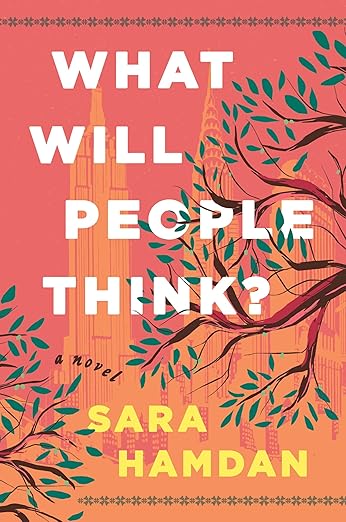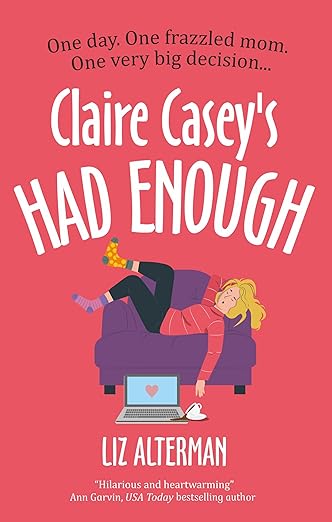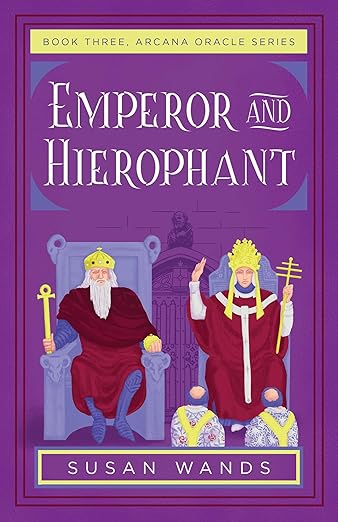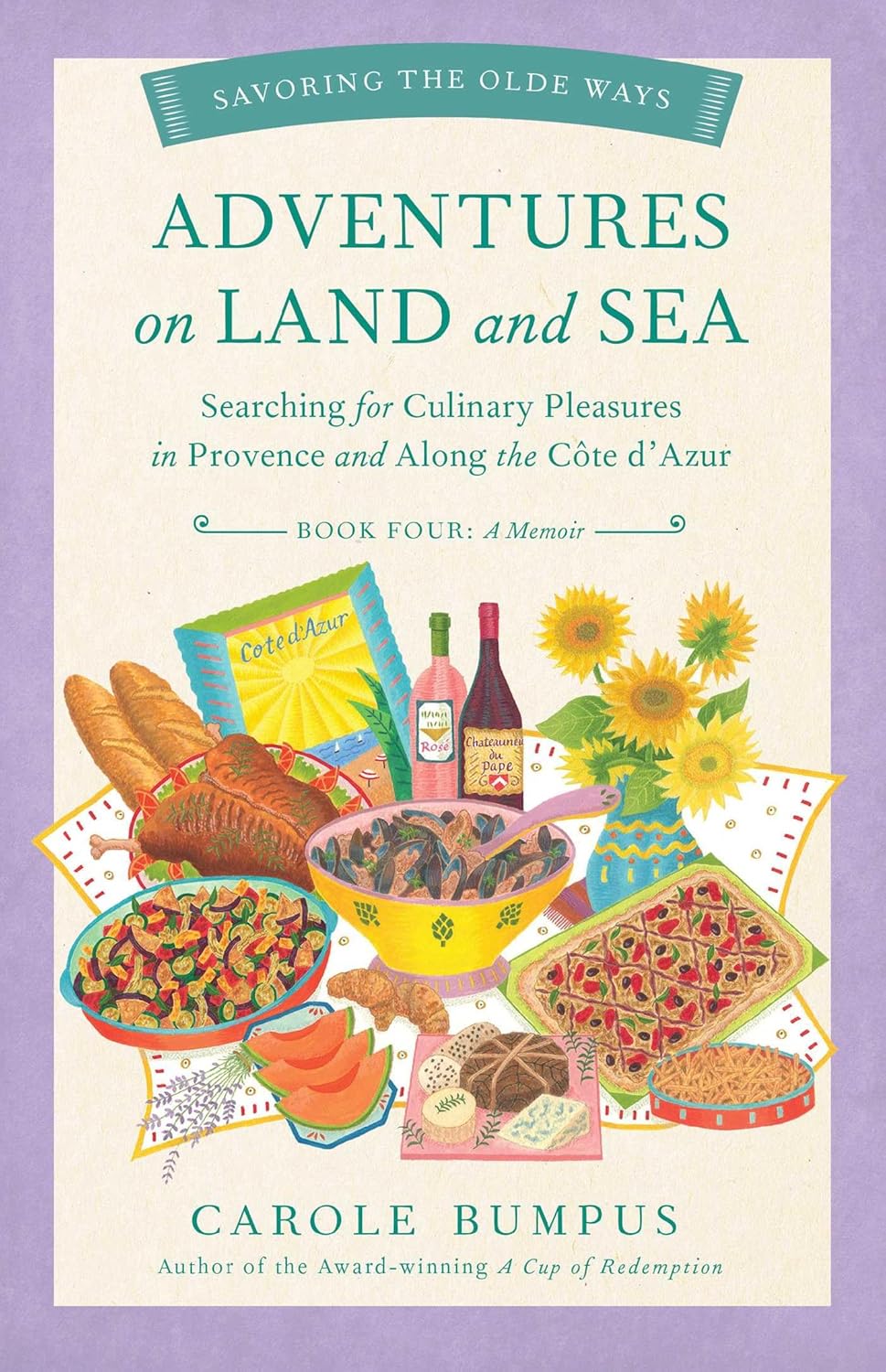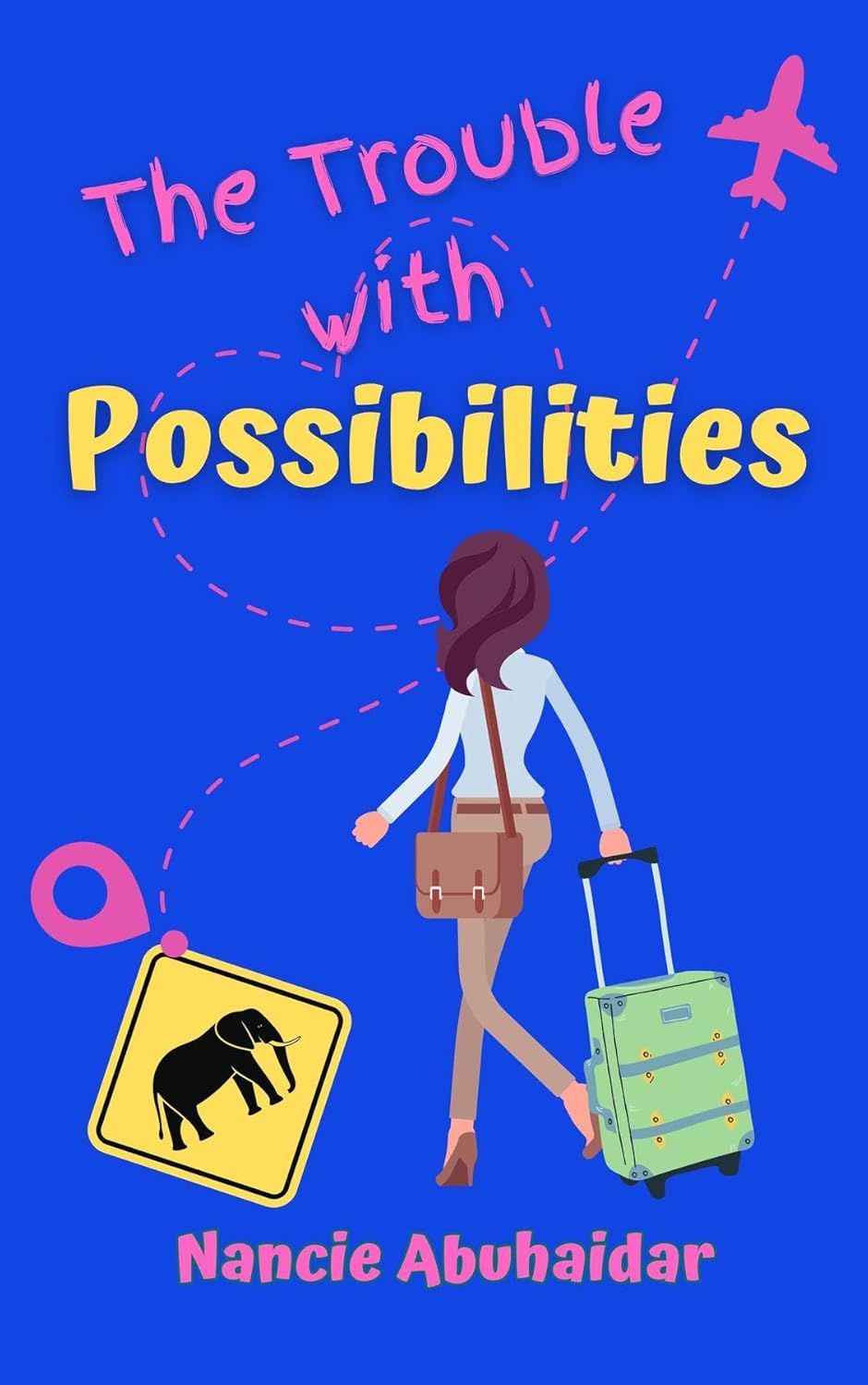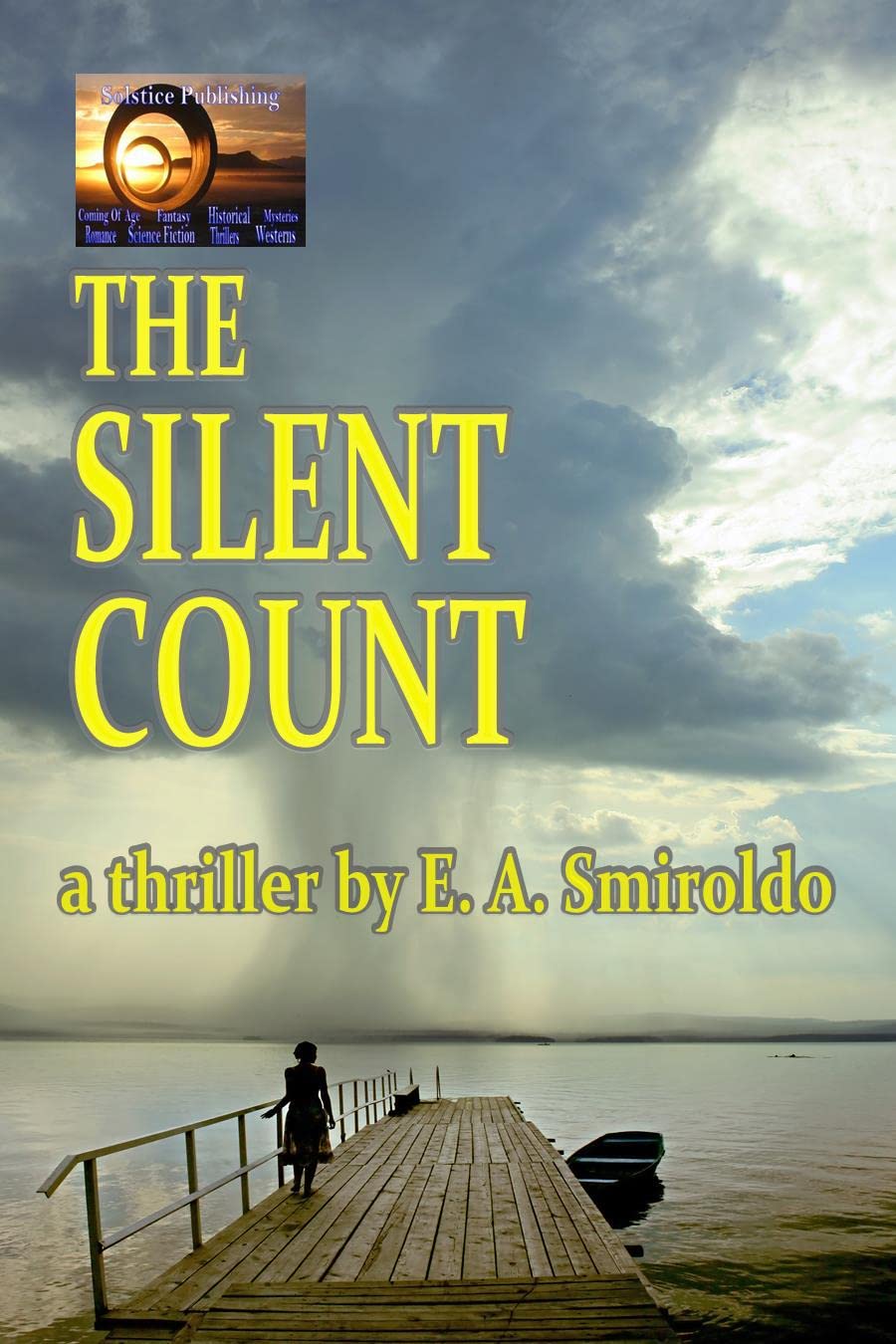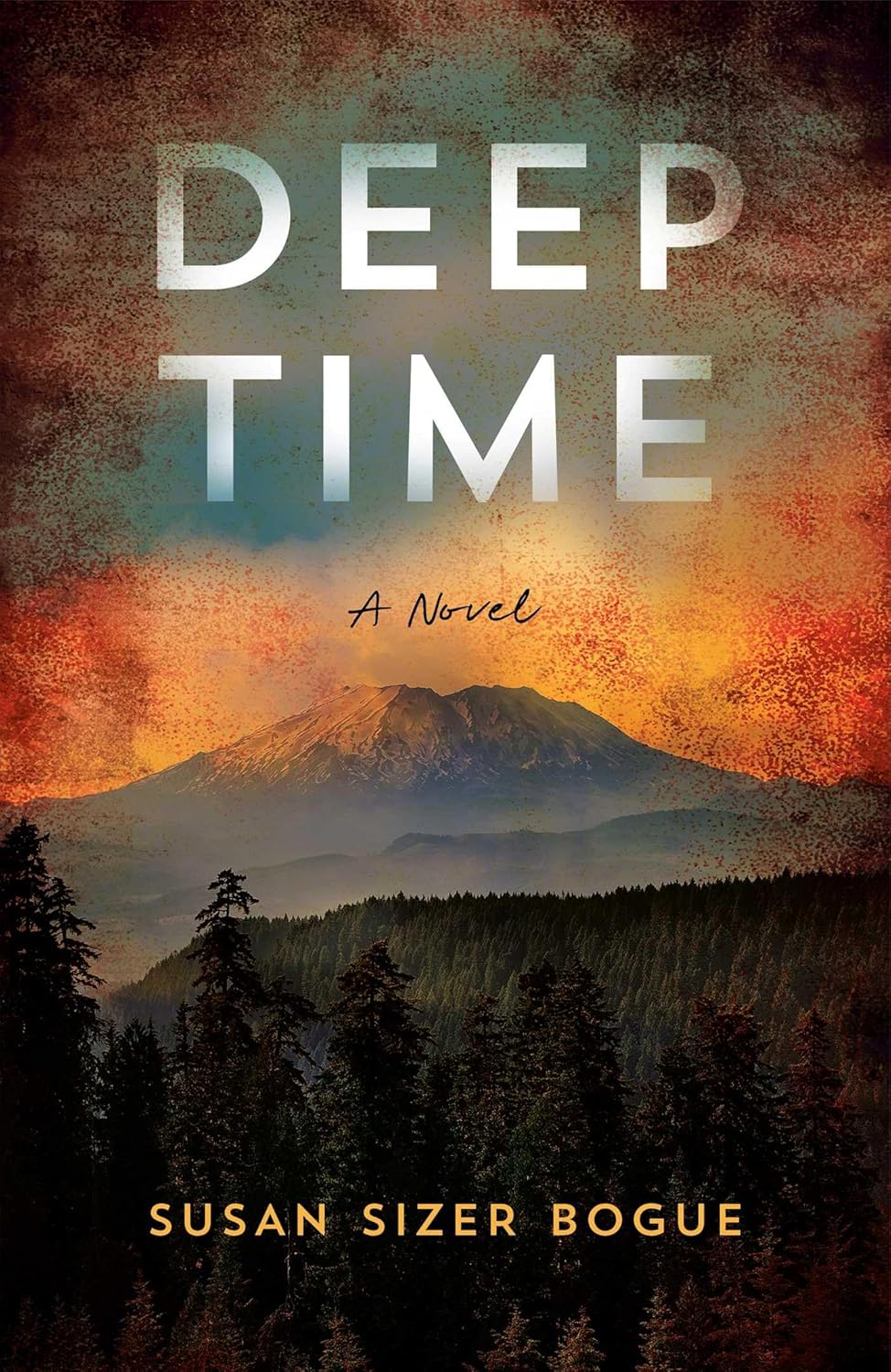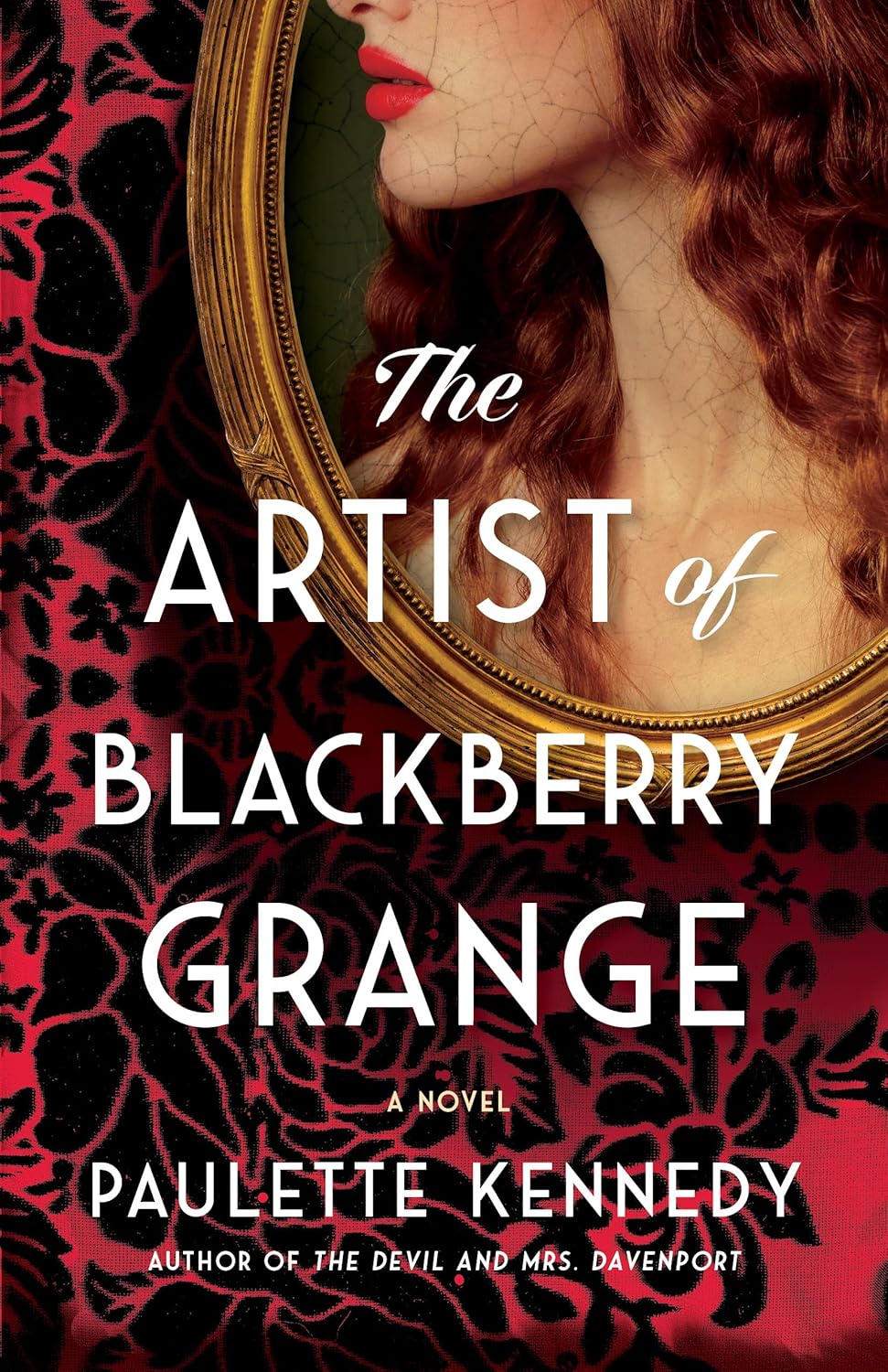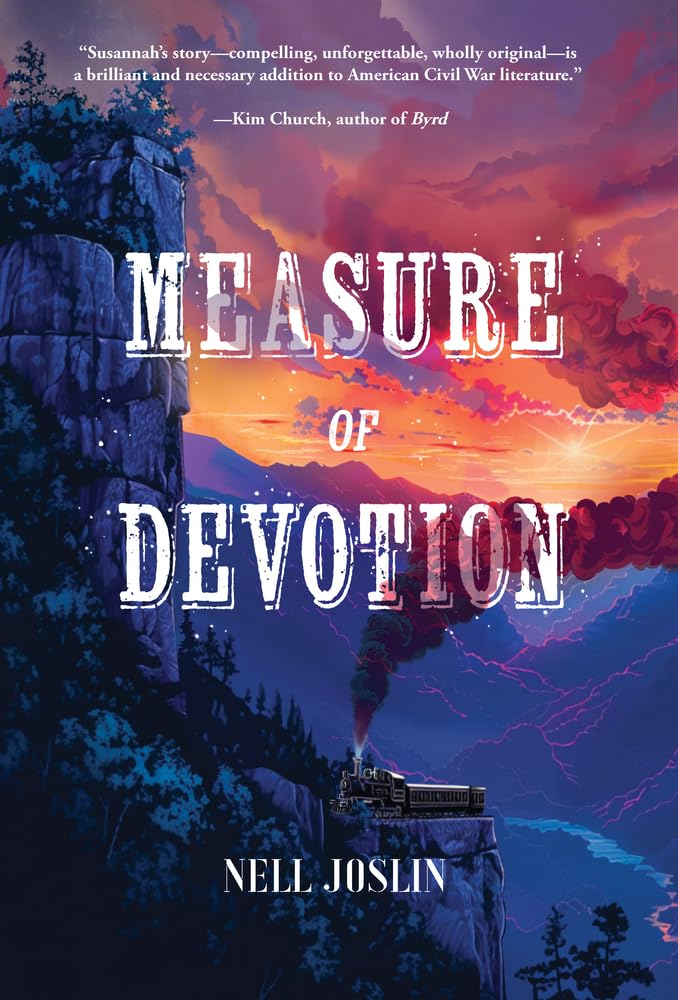A writer’s Mindful Adventure Creating Children’s Books that Delight and Calm
By Annamarie Fernyak
Today’s children have discriminating palates. I am not talking about their palates for sophisticated food (“Caviar or pate, anyone?”), because Cane’s chicken is overwhelmingly popular where I come from, and kids still love their chicken fingers. I am referring to children’s discriminating palates for entertainment media. Children are used to fast streaming, digital worlds with lights and action so prevalent that it is hyper-stimulating. For some, it seems like chaos and creates sensory overload.
Unfortunately, if the content is not fast streaming or action -oriented, securing and keeping kids’ attention can be a feat only achieved by a few. Imagine what a challenge this is for educators. What a frustration for caregivers who want to limit children’s screen time. It is not easy – I know this for certain because I have been in the classroom, and I experienced it first-hand. It also led me here, as a woman writer of children’s books. Something that was not on my radar at all.
After years of work and creative development by me and my team, Blue Balloon Books published the Labyrinth Adventures children’s book series. This 16-book series is the cornerstone of Mind Body Align’s successful social and emotional learning elementary school curriculum. First, I will share the experience that led us to the beautiful Labyrinth Adventures book series, then I will dive into some of our books.
This series evolved from the insights gleaned from my time in the classroom. Before the books, it led to a business, Mind Body Align, whose mission is to transform lives using mindfulness. I am a mindfulness instructor and am actively involved in revitalizing and building a strong community in our small Ohio city. Some of the community’s leaders, including educators, were enjoying my classes teaching these skills to adults, and asked me to come in to teach their students.
Almost ten years ago, I was asked to come into an elementary school for a few days and guest teach in multiple classes. I was to teach basic techniques that help students learn to pay attention on purpose. Teachers and school administrators knew that developing these attentional skills would help children focus on their lessons and perform better in school.
During the few days I was in the schools, there were multiple lock downs, which scared the children and derailed efforts to learn during each day. Thankfully, they were not dangerous and everyone remained safe. The school bell, a shrill ring, shocked us every hour and sometimes more often. Students were never able to settle down for my lessons. Even teachers, despite their best, most caring efforts, could not get students to calm down enough for a lesson. Everyone was upset and frustrated.
I left my time in the schools worried about the children and the teachers both. How could these children learn and navigate life? Who among them could focus long enough to be our future surgeons, engineers, carpenters, or even teachers? I knew I needed to help and left determined to find a way.
After this experience in the school, I collaborated with my sister, Julie Braumberger, a long-time elementary teacher who had just left the classroom because she was burnt out and experiencing some of the same challenges I experienced as a guest teacher. Together, we performed research – lots of it. After much time in consultation with experts, many of them educators, and reflective time walking my own garden labyrinth, my mission grew clear: the schools need mindfulness training as a regular part of their day. This is the missing piece in their curriculum, but it trains them to pay focused attention and develops resilience.
This all led to a sense of determination and an understanding of what was critical for the children in my community and in communities everywhere. Making attentional skills a habit takes practice – and patience. The brain is a muscle which must be developed and honed, just like any other muscle, and it is the same with these skills.
We set out to elevate the way we teach these practices in our curriculum, books, and our work every day, making them more in line with today’s children’s palate. We developed memorable characters who are engaging to children and live in a world where they feel safe, happy and delighted.
As most people know, the very hungry caterpillar needed to eat his way to becoming a butterfly, in the sixteen book Labyrinth Adventure series, main characters Tia and Dwight need to practice their way to becoming mindful beings in their world. Here is a look into two of the stories.
“The labyrinth is blooming with life and nature, and it’s the safest home Tia has ever known.”
In Tia Discovers the Labyrinth, Tia the butterfly landed in the labyrinth by pure accident. One day, a storm blew in while she was flying with her family, and when it tore her wing, she had to find a safe place to shelter from the storm. When she saw the labyrinth garden through the sheet of rain, she knew everything would be all right. The parting clouds turned out to be a happy accident after all, as the garden residents embraced Tia with open arms.
Now, Tia spends her days in the lush nature of the labyrinth, playing with her friends and learning new things every day. Tia cherishes her new friends dearly, so when she can’t find Dwight the grasshopper, she can feel the worry creeping into her racing heart. Thankfully, the wise and gentle Tree is there to help! He teaches her that taking deep breaths can help her when she’s worried or scared. Tia and Dwight can’t wait to see what else Tree will teach them!
Readers are invited to learn alongside Tia as she discovers how to use mindfulness to manage her strong feelings. After reading this mindfulness-based social emotional learning book, children will know to pause when they’re anxious, listen to their breath, and inhale and exhale slowly to restore peace and calm. With discussion questions at the end and important lessons about emotional regulation, friendship, and self-discovery, Tia Discovers the Labyrinth is just the beginning of an incredible series for young readers.
In Tia Unites the Community, we see how improving attentional skills helps groups function well together. “Working as a team, the ants and the bees, the grasshoppers and butterflies, the beetles and caterpillars turn the fall landscape into a colorful harvest festival.”
The end-of-season festival is approaching, and the whole labyrinth is buzzing with excitement! Everyone on the party planning committee has different ideas about how to make this event the best one yet. Soon enough, everyone is talking, and no one is listening! Fortunately, Tia practices leadership by encouraging her friends to slow down, take some deep breaths, and begin again with kindness and care. With everyone taking turns, each committee member has a chance to share and be respectfully heard. In the end, their brainstorming session helps them achieve their goal-it’s the most fun and successful festival ever!
In this book, we learn how to prioritize friendship and practice helpful mindfulness tools alongside Tia. Reiterating key lessons and tools from throughout the series of books, Tia Unites the Community serves as the perfect reminder for young readers to respect others, listen actively, share kindly, and show leadership when the opportunity arises. This joy-filled story is the perfect bookend for a social emotional learning series that offers all the tools a young reader may need to navigate the various dips and waves they may encounter throughout life.
The impact of the Mind Body Align school curriculum is extensive. 100% of students showed improvement in their attentional and relational skills. Teachers gained up to 20 more teachable minutes per day, and one out of every two students shared what they learned with someone at home. The ripple effects are amazing!
Mind Body Align’s Labyrinth Adventure series was written by Julie Braumberger, Linda Snyder, and me, with the editorial assistance of the Mind Body Align team. It was a writing team of all women. The illustrations were drawn by world renowned cartoon illustrator, Art Mawhinney. Since the books are beloved in the classroom setting, they are now available for families and caregivers wherever books are sold.
The stories are rich in images and lessons for navigating life, are trauma sensitive, and when used as a part of the school curriculum are cross-instructional, blending social and emotional learning with science, language arts, and more.
Co-writing a children’s book series was never my plan, but I embraced it and loved it. The instant delight from children feels like a chef’s kiss from someone with a refined palate.
—
About Mind Body Align and its Founder and CEO, Annamarie Fernyak:
When Annamarie Fernyak volunteered to teach mindfulness to local middle school students, she observed children unable to calm themselves and pay attention to the lesson. In fact, some were unable to focus on any lesson. She felt intense desperation coming from both teachers and students.
Annamarie recruited Julie Braumberger and other experienced elementary school teachers to help her design and facilitate the Mind Body Align At School Program, which teaches exercises and practices that soothe the nervous system, enhance focus and create a calm readiness to learn. Proven results include increased test scores, reduced absenteeism, and reduced disciplinary intervention.
Mind Body Align was designed by teachers and builds student self-regulation to a greater extent than SEL and Positive Behavioral Interventions and Supports (PBIS) programs alone. The program enables students to think clearly enough to access the SEL skills they’ve learned and choose a strategy that will be helpful. Ultimately, with Mind Body Align’s help, they become a habit and a part of students’ regular behaviors.
Website: https://mindbodyalign.com/
The artist: https://artmawhinney.com/
Publisher: https://blueballoonbooks.com/bookstore/labyrinth-adventures/
Tia Discovers the Labyrinth (Labyrinth Adventures)
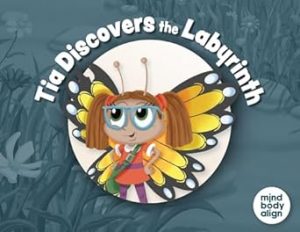 “The labyrinth is blooming with life and nature, and it’s the safest home Tia has ever known.”
“The labyrinth is blooming with life and nature, and it’s the safest home Tia has ever known.”
Tia the butterfly landed in the labyrinth by pure accident. One day, a storm blew in while she was flying with her family, and when it tore her wing, she had to find a safe place to shelter from the storm. When she saw the labyrinth garden through the sheet of rain, she knew everything would be all right. The storm turned out to be a happy accident after all, as the garden residents embraced her with open arms.
Now, Tia spends her days in the lush nature of the labyrinth, playing with her friends and learning new things every day. Tia cherishes her new friends dearly, so when she can’t find Dwight the grasshopper, she can feel the worry creeping into her racing heart. Thankfully, the wise and gentle Tree is there to help! He teaches her that taking deep breaths can help her when she’s worried or scared. Tia and Dwight can’t wait to see what else Tree has to teach them!
Learn alongside Tia the butterfly as she discovers how to use mindfulness to manage her strong feelings. After reading this mindfulness-based social emotional learning book, children will know to pause when they’re anxious, listen to their breath, and inhale and exhale slowly to restore peace and calm. With discussion questions at the end and important lessons about emotional regulation as well as friendship and self-discovery, Tia Discovers the Labyrinth is just the beginning of an incredible series for young readers.
Book 1 on Amazon: https://www.amazon.com/Tia-Discovers-Labyrinth-Adventures/dp/1964934907/
Category: Contemporary Women Writers, On Writing






